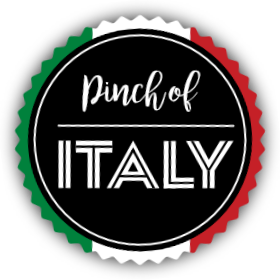Travel to Lucca in Tuscany
- HOME
- Travel to Lucca
After visiting Florence or Pisa, from either way you come from, think about traveling to Lucca as well. Make a one or even better two days stop and stay in this Tuscany city. Lets see things to do and the touristic attarctions to sightsee in Lucca.
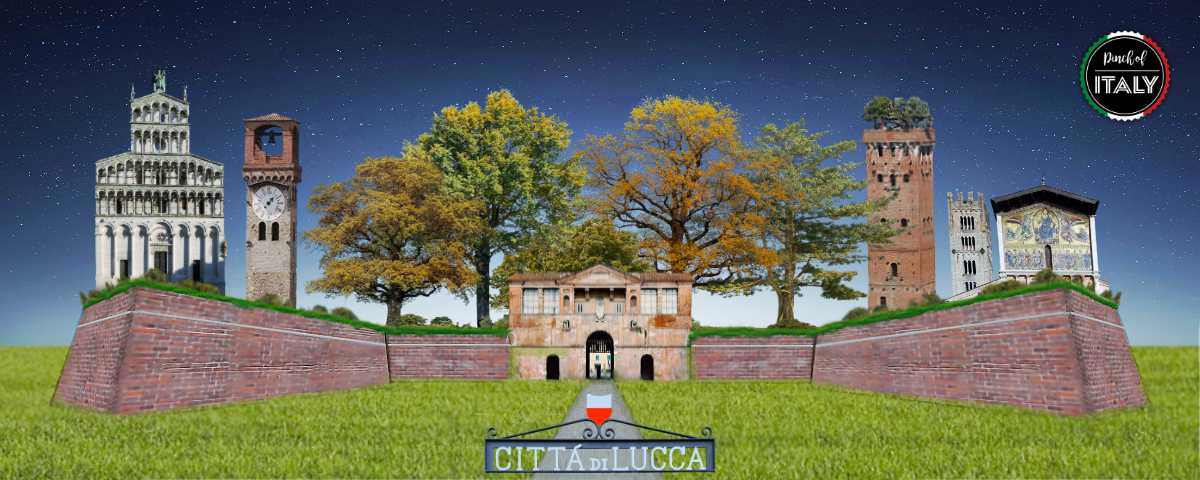
The city is so small that makes it easy even to do as a day-trip. But if
you can take a two days stop, then you'll get the full enjoyment of all
the principal attractions. To discover Lucca is to love it right away without prejudice. This is
what all the people say, those who have viseted it and ventured into the
narrow streets of the historic center.
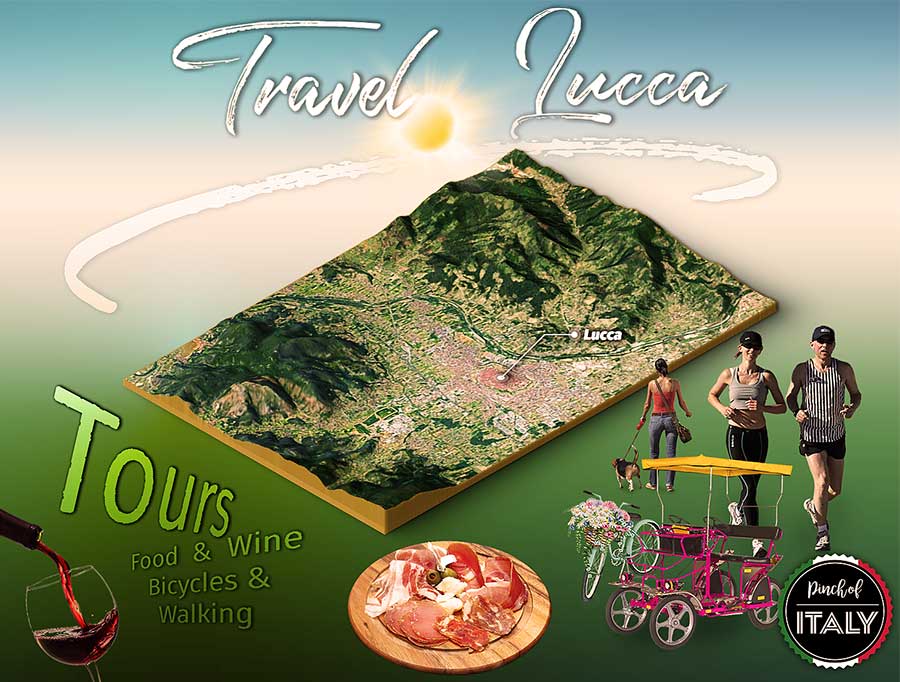
As soon as you cross its ancient fortifications, you lose track of time. Founded by the Etruscans, Lucca’s regular grid of streets still follows the pattern of the former Roman colony founded in 180 BC. The medieval buildings, suddenly reveals churches, tiny piazzas, and many other reminders of the city’s long history, including a Roman amphitheater (Piazza Anfiteatro).
The main street of Lucca is called Via Fillungo, and it's not for nothing that is called so! It's such a long aisle, often full of people, lined with beatiful shops with marvelous signs "Belle Epoque" style that crosses the city, along the main axis that were designed since the Roman era.
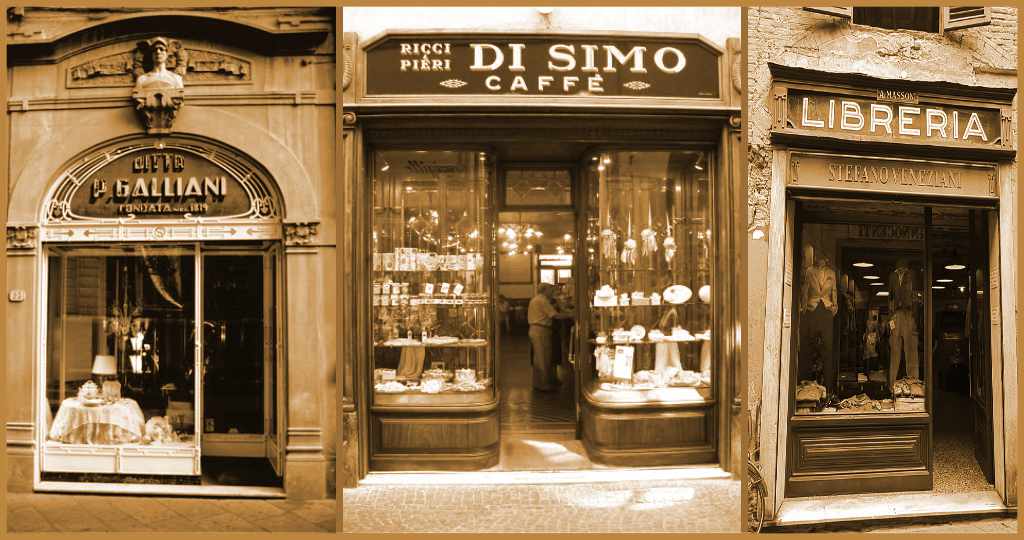
Lucca is a unique, beautiful and cultured city with a very ancient history, the only one of the Tuscan cities to have maintained its independence from Florence almost until the unification of Italy.
One of the best known and most visited places in Tuscany, the city that gave birth among others to Giacomo Puccini, has been a stage for centuries on the Via Francigena, and still today it has perfectly preserved the urban dimension of the 16th century thanks to its walls in red brick more than 4 km long, a real city icon.
The Walls of Lucca
Famous are the Renaissance walls with great, solid ramparts, built in the 16th to 17th century, help to shut out traffic, making the city a pleasant place to explore on foot or bike. They are the biggest attraction that sourrounds all the ancient city of Lucca.
The current walls of Lucca are 4.2 km long and 30 meters wide, they are the best-known symbol of the city, and the place for endless walks and jogs between tree-lined terraces.
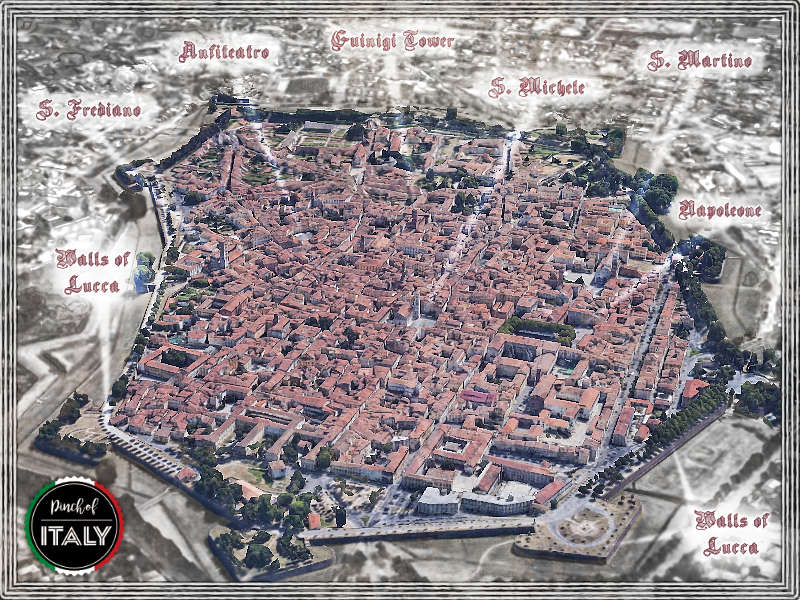
S. Martino Cathedral
Within a few minutes walk there's the sumptuous Cathedral of San Martino, a truly exciting church, begun in 1200, built on the remains of a previous eighth-century church; the facade has a large portico and three orders of loggias, marked by light-coloured stone columns.
Inside you can see an ancient wooden carved black crucifix called Holy Face of Lucca (Volto Santo) which is placed inside a little marble temple.
Also a funeral monument to Ilaria del Carretto by Jacopo della Quercia commissioned by the Lord of Lucca, Paolo Guinigi.
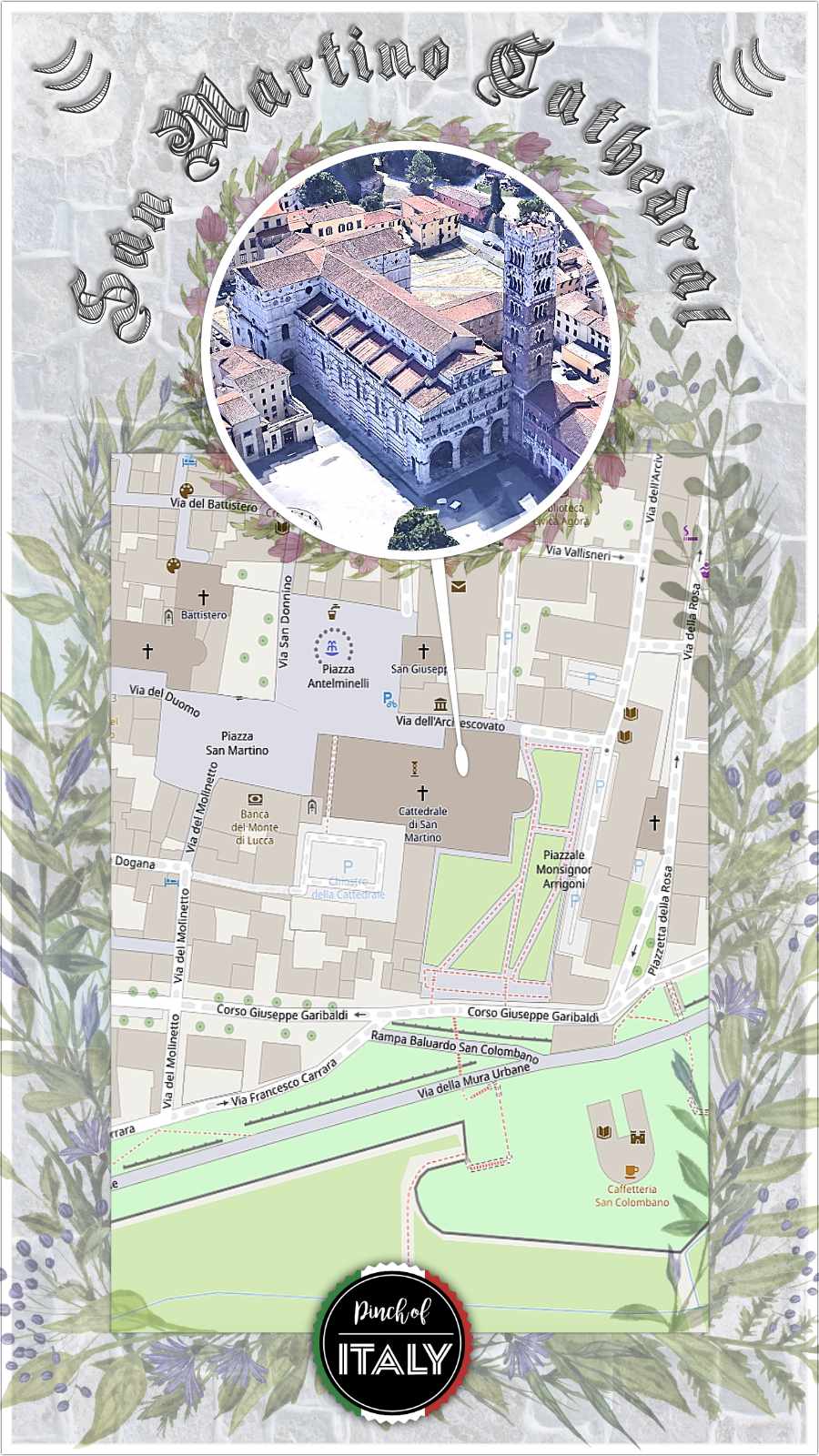
Piazza Anfiteatro
In the Middle Ages, a series of buildings were built over the remains of the acient Roman amphitheater that was outside the perimeter of the Roman walls and built between the 1st and 2nd century AD. Today, it's intended more for restaurants and were to eat and take a rest for a "gelato".
The tow main towers: Torre Guinigi & Torre delle Ore
Be sure to visit "Torre Guinigi", which is reached via 25 flights of stairs and 230 wide, shallow steps (a modern addition - the original stairs were on the outside). From up there, in a kind of shaded nest, the panorama over the rest of the city and the surroundings with mountains. Anothe tower is "Torre delle Ore".
Main Square Piazza Napoleone
The heart of the city is Piazza Napoleone, also locally called "Piazza Grande", (big square) where is located "Palazzo Ducale", and Lucca's provincial headquarter.
S. Michele
San Michele square, with the homonymous Church of San Michele in Foro, from the first half of the 12th century which blends the Pisan style with the Roman-Lombard one. This church stands on the site of the Roman forum (foro), the city’s main square laid out in ancient times. Inside the Latin cross houses many exquisite artefacts, including a splendid Madonna and Child, in glazed terracotta, by Andrea della Robbia.
Church of Santa Maria Forisportam
A few streets further on, in the square of the same name, is the Church of Santa Maria Forisportam, a jewel unfortunately forgotten by history, but with inside surprises that border on legend. The church dates back to the 13th century and is in Pisan-Romanesque style, with three Renaissance portals, and houses, among others, two exceptional works by Guercino.
